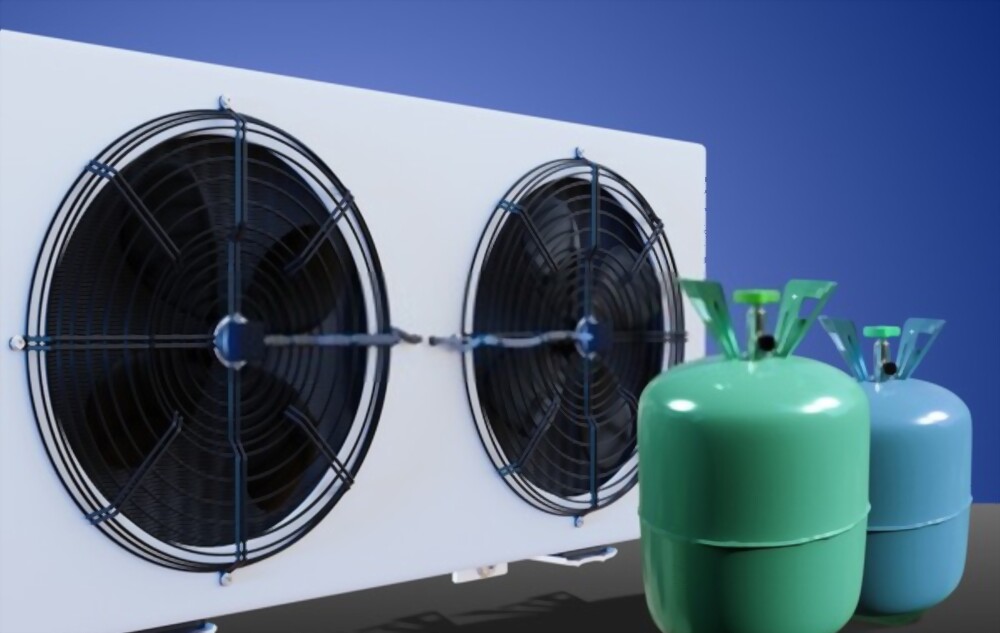Air conditioning systems are an essential part of modern living, providing comfort by maintaining optimal indoor temperatures. Behind their efficient operation lies a critical component known as the refrigerant. In recent years, the R410A refrigerant has gained significant popularity due to its superior performance and environmental friendliness. In this blog, we will delve into the inner workings of R410A refrigerant and explore how it enables air conditioning systems to function effectively.
What is R410A Refrigerant?
R410A refrigerant, also known as Puron, is a hydrofluorocarbon (HFC) blend widely used in air conditioning systems. It is composed of two main components: difluoromethane (CH2F2) and pentafluoroethane (CHF2CF3). Unlike its predecessor, R22, R410A does not contribute to ozone depletion, making it an environmentally preferable choice.
R410A refrigerant offers superior thermodynamic properties, making it highly efficient in heat transfer. Its high heat capacity allows it to absorb more heat from the indoor air and reject it more effectively outdoors. This property, combined with its low boiling point, ensures optimal cooling performance in air conditioning systems. Moreover, R410A operates at higher pressures, necessitating the use of specially designed components to handle the increased stress.
How Does R410A Work in Air Conditioning Systems?
In an air conditioning system, R410A refrigerant plays a crucial role in the heat transfer process. The refrigerant follows a closed-loop cycle that involves four main stages: compression, condensation, expansion, and evaporation.
Compression: The air conditioning compressor pressurizes the gaseous R410A refrigerant, raising its temperature and pressure significantly. This compression process increases the energy content of the refrigerant, preparing it for the subsequent heat transfer stages.
Condensation: The high-pressure, high-temperature refrigerant then flows to the condenser, where it releases heat to the surrounding environment. Through heat exchange with the outdoor air or a cooling medium, the refrigerant condenses into a high-pressure liquid. This heat removal process results in a significant drop in the refrigerant’s temperature.
Expansion: The high-pressure liquid R410A refrigerant now enters an expansion valve or metering device. This component reduces the pressure and allows the refrigerant to expand rapidly, causing a drop in temperature and pressure. The refrigerant at this stage is a mixture of liquid and vapor.
Evaporation: The cold, low-pressure refrigerant enters the evaporator coil located in the indoor unit. As warm air from the room passes over the coil, heat is absorbed by the refrigerant, causing it to evaporate. This heat absorption process cools the air, which is then circulated back into the room. The evaporated refrigerant, now in a gaseous state, returns to the compressor to restart the cycle.
Conclusion
R410A refrigerant has revolutionized the air conditioning industry, providing a reliable and environmentally friendly solution for cooling needs. Its superior thermodynamic properties, along with its ozone-friendly composition, have made it the refrigerant of choice for modern air conditioning systems. By understanding how R410A works in air conditioning systems, we can appreciate the role it plays in keeping us comfortable in the scorching summers. If you are considering installing or maintaining an air conditioning system, make sure to consult with professionals who can guide you on the proper use and handling of R410A refrigerant.

